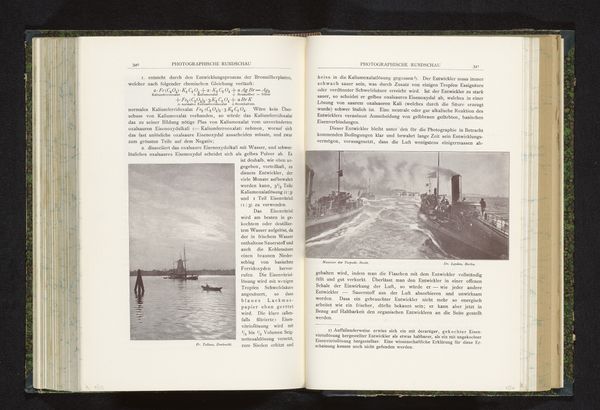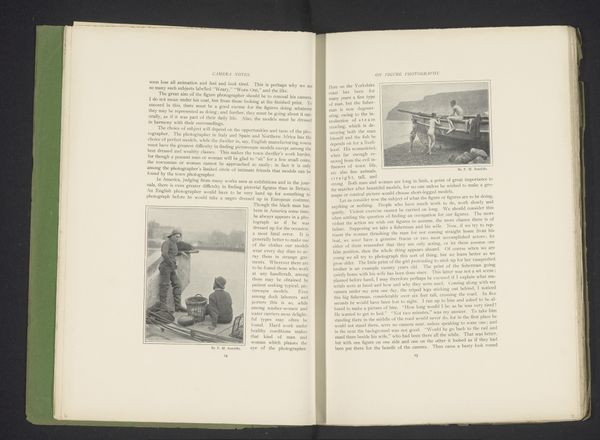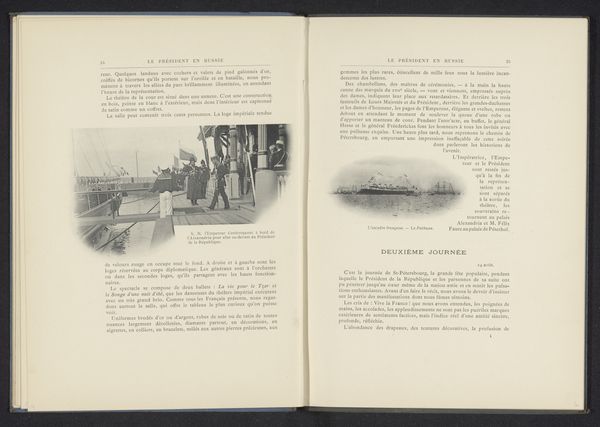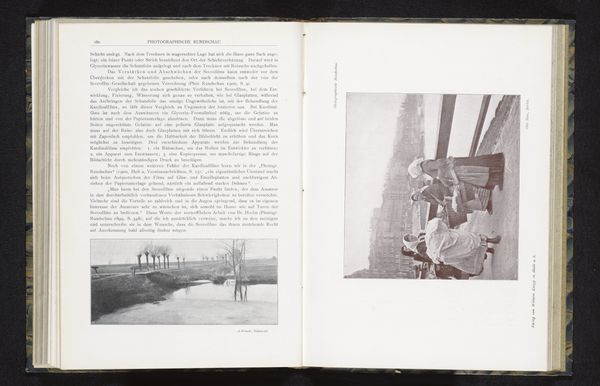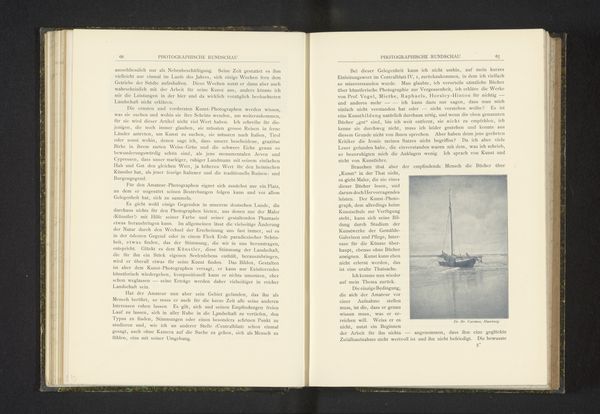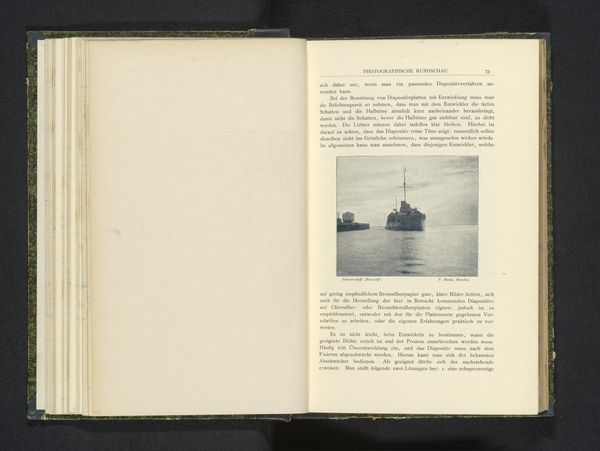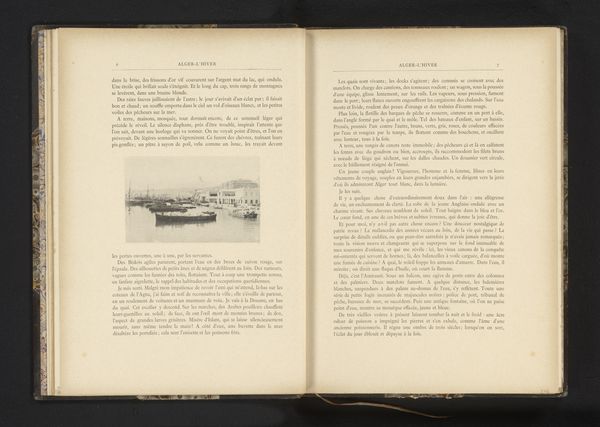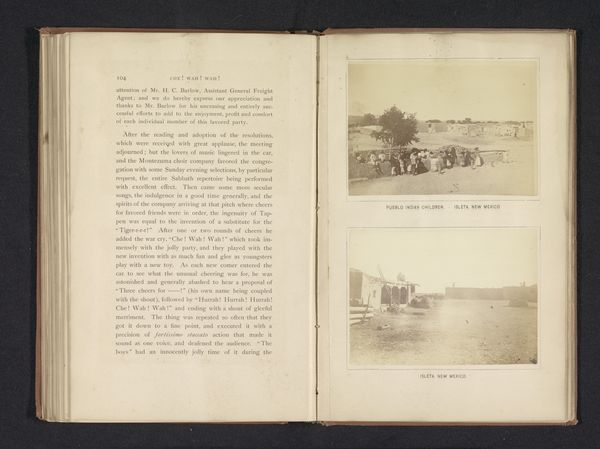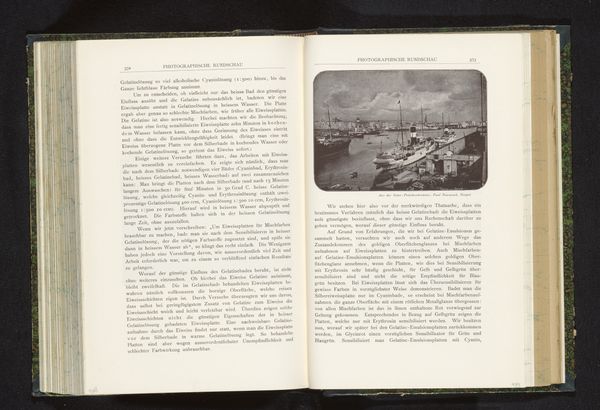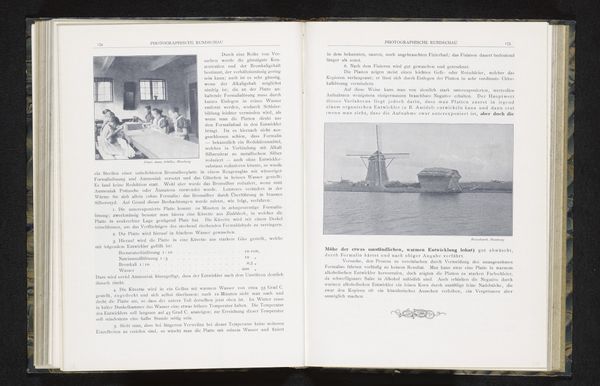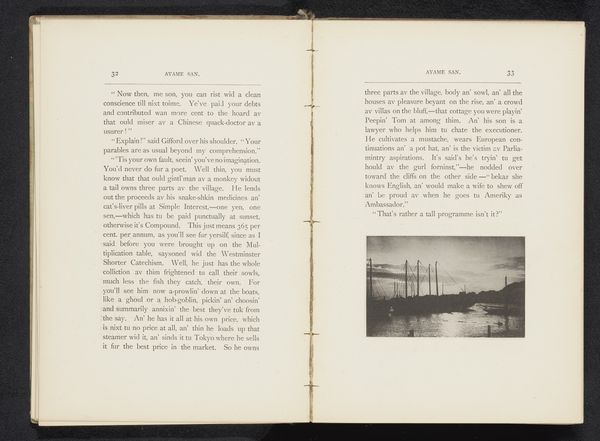
print, textile, photography
#
portrait
# print
#
textile
#
photography
Dimensions: height 84 mm, width 119 mm
Copyright: Rijks Museum: Open Domain
Editor: Here we see "Groep naakte jongens op een terras," a photographic print created before 1899 by Wilhelm von Gloeden. I’m struck by the tableau vivant aspect, the staging, almost theatrical, that permeates the scene. What kind of lens do you think von Gloeden was using to shape our gaze in this moment? Curator: Ah, a lens both literal and figurative! He gives us boys rendered in a style reminiscent of classical sculpture…they're posing in such a deliberate, almost staged way, framed by what looks like a textile backdrop. A kind of idealized version of life. Do you think this romantic framing affects the modern viewer? Editor: It feels... calculated. Like a constructed paradise, maybe, intended to evoke the past in a highly selective way? It clashes against modern expectations. Curator: Exactly! Von Gloeden seems less interested in pure realism, and more so interested in sculpting something far removed from everyday constraints. Editor: The romanticism is intense. It really comes through that his process might not be primarily documentary but aesthetic and interpretive, and perhaps ideological, using that photographic technology. It also invites a level of speculation - where do we place this kind of artistic and photographic license? Curator: You're getting at the vital questions this sort of artistic staging elicits. This piece forces you to look at art with a certain lens…one that’s very human in the end, despite the almost idealized image, reflecting the way artists interact with reality itself. Editor: It’s an exercise in understanding the layered nature of photography; it's like seeing through his eyes but needing to acknowledge the artifice, a little sadly. Curator: Precisely. Now the trick is not to accept or deny it but truly look at it with curiosity, the same one a student brings. And then ask more interesting questions.
Comments
No comments
Be the first to comment and join the conversation on the ultimate creative platform.
